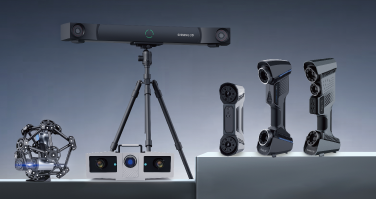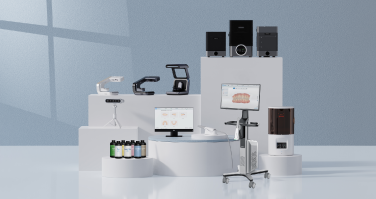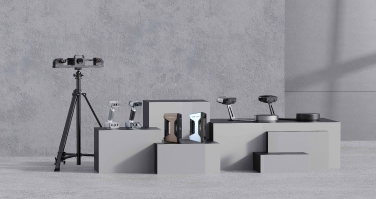
Knowledge Base
Access comprehensive information about SHINING 3D's products through the portals below. Each product line's knowledge base includes tutorials, troubleshooting guides, and more.
Product Lines

Metrology 3D Scanners
Including the FreeScan, OptimScan, Optical portal CMM, Geomagic Control X, etc.

Digital Dental Solutions
Including dental lab scanner, clinic intraoral scanner, DLP printer, and design software

